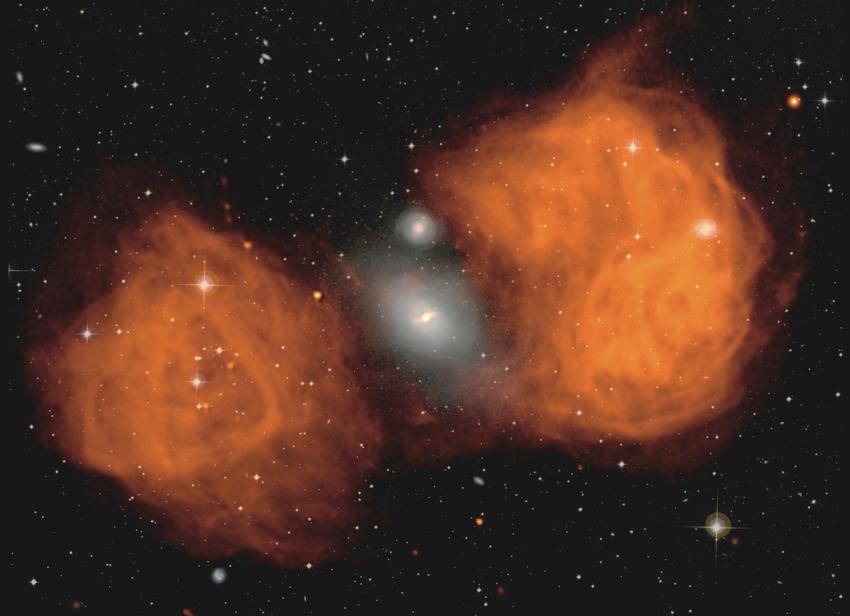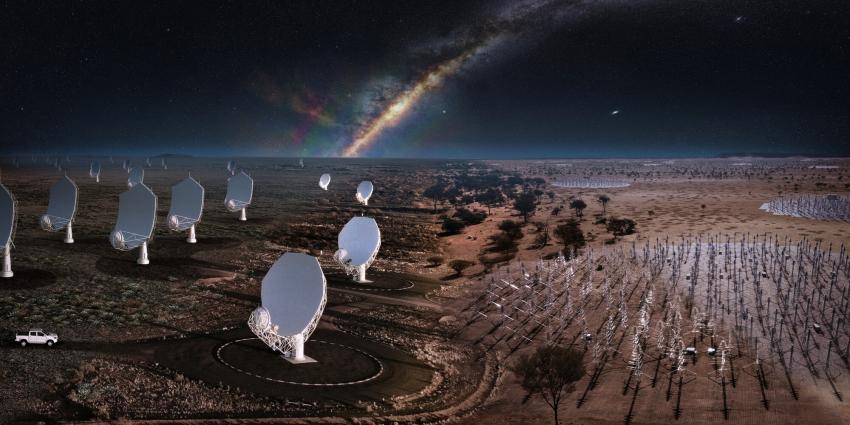The new generation of radio telescope arrays, such as the upcoming Square Kilometre Array (SKA) and its existing pathfinders MeeRKAT and ASKAP (radio), as well as the Event Horizon Telescope (EHT) and the Very Large Telescope Interferometer (VLTI) (millimetre and optical/near-optical), are set to observe the sky at an extreme regime of sensitivity and resolution, revealing complex emission of major astrophysical interest, across frequencies and scales.
Many algorithmic and data processing challenges will arise in our quest to endow these instruments with their expected acute vision, and our newest journal, RAS Techniques and Instruments (RASTI) is an ideal forum in which to explore these.
A special issue of RASTI has been launched, welcoming submissions proposing new algorithms and software, or addressing modern scientific computing challenges (including software development technologies, reproducibility, and data challenges), related to image formation with current and future interferometric arrays.
From left: An artist's impression of the future SKA-Mid dishes blend into the existing precursor MeerKAT telescope dishes in South Africa.
From right: An artist's impression of the future SKA-Low stations blends into the existing AAVS2.0 prototype station in Australia.
For this special issue, RASTI editors Prof. Anna Scaife (Manchester University & SKAO) and Prof. Yves, Wiaux (Heriot-Watt University, Edinburgh) will be joined by Dr. Kazunori Akiyama (MIT Haystack Observatory) and Prof. Oleg Smirnov (Rhodes University & SARAO) as guest editors.
Prof. Scaife said: “We know what the next big radio telescopes are going to look like, but there’s not enough of a conversation about how we can advance the current imaging paradigm in astronomy.
“RASTI is inviting contributions on new imaging approaches for radio interferometry: including algorithm advances, architectural innovation and the use of novel computing infrastructure.
“Software and scientific computing are not only key enablers for radio interferometry, but also research areas in their own right. RASTI provides an ideal forum for dissemination of domain specific advances that impact astronomy.”
Submissions will be considered on a rolling basis until 15 October 2023 and can be made in the usual way: check out the “Submit” menu on the RASTI home page https://academic.oup.com/rasti remembering to select the special issue title during the submission process.
For further information visit https://academic.oup.com/rasti



